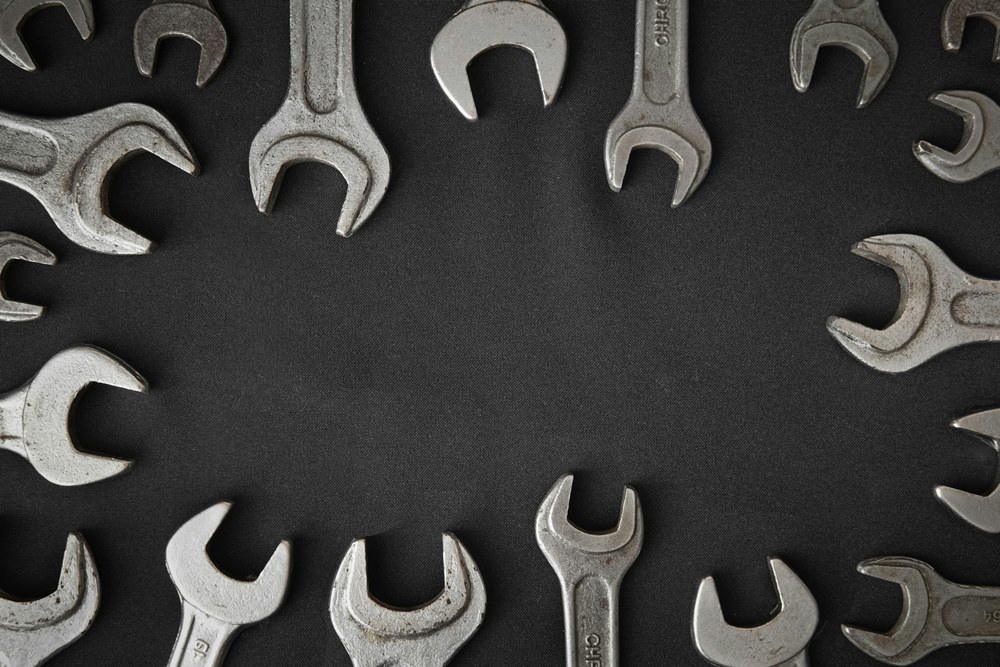Has allowed me to experience its several virtues, which have reaffirmed why it is India’s highest selling sedan.
Published
October 19, 2025
Last week I wrote about “Living with The Hyundai Creta N Line” whose regular Creta variant has been one of the highest selling SUVs in India for the last 10 years. This week I thought I would share my experience of using and driving a Maruti Suzuki Dzire that is also a sales chart topper. As a matter of fact, the Dzire is often not just the best-selling sedan in India, but at times, its sales exceed that of all other sedans put together!
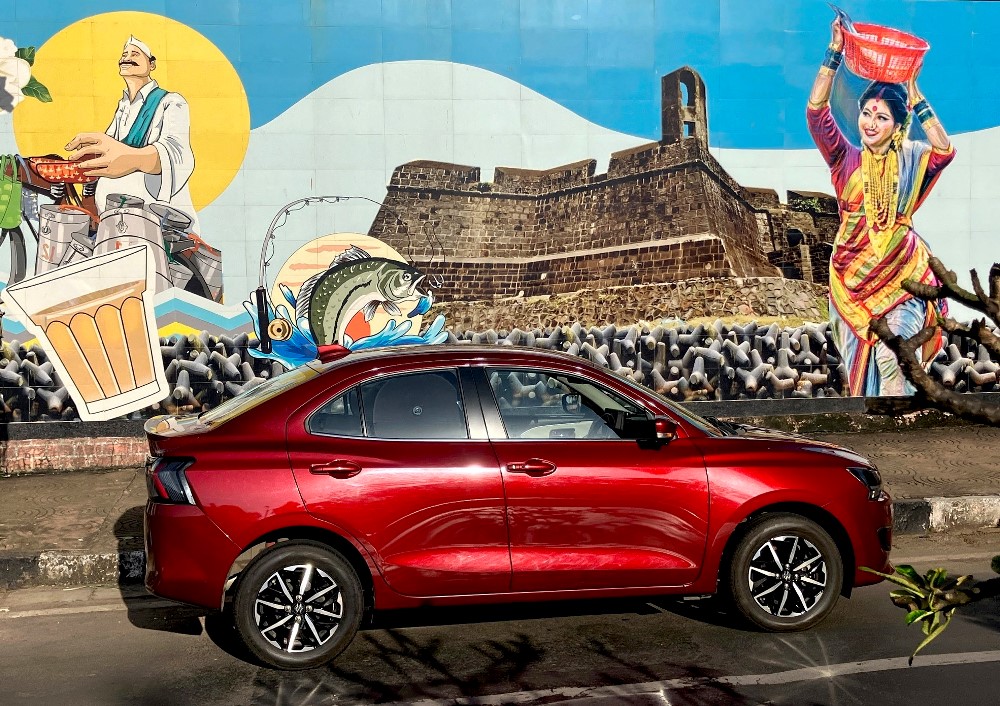
The Dzire is a sub-4 meter sedan, but before getting into its strengths and weaknesses, let’s go back a bit, to how the “sub-4 meter sedan”, which is purely an Indian invention, came into existence. It was on February 28, 2006 that the then Finance Minister P. Chidambaram while announcing the 2006-2007 Union Budget said, “On cars, I propose to reduce the excise duty to 16 per cent from 24 per cent, but only for small cars. A small car, for this purpose, will mean a car of length not exceeding 4,000 mm and with an engine capacity not exceeding 1,500 cc for diesel cars and not exceeding 1,200 cc for petrol cars.”


Today, despite the misgivings of many (including me), sub-4 meter cars account for 70 to 75 percent of the total number of passenger vehicles sold in India. And these include hatchbacks, sedans, SUVs, crossovers, EVs, everything. With the recent revisions in GST rates, these sub-4 meter passenger vehicles are even more attractively priced as they fall in the 18 percent bracket with all the others (except EVs 5 percent) in the 40 percent category.

The first to take advantage of the tax benefits and make a sub-4 metre sedan in India (and the world), was Tata. They took their regular Indigo sedan (based on the Indica platform) and cut its boot and shortened its overall length to 3998 mm. Thus was born the Indigo CS or “Compact Sedan”, which was launched at the Auto Expo in January 2008. It was not just eligible for the lower taxes in India, but can also lay claim to being the world’s first short sedan.

Just a few months later, on March 26, 2008, Maruti introduced its compact or sub 4-meter sedan the Dzire, based on the popular Swift. And while Tata is the first creator of a compact sedan, it’s actually the Dzire that popularized this segment and instantly shot to the top of the sales charts, where it remains even 17 years later. In the initial years, it was obvious that these compact sedans and the several others that followed were clearly derived from their hatchback siblings. Till the B-pillar they were almost identical, and then came the slapped on boot, which honestly appeared ungainly. There was no balance in the proportions or design, with the sole priority being to slip under the 4 meter mark.

Given this jugaadu styling, I admit I was not a fan of these sub-4 meter sedans. Yes, I understood their practicality, but their design did not appeal or suit my sense of aesthetics. But over the years, manufacturers have worked to seamlessly integrate the boot into their hatchbacks, and I must admit the styling has certainly been evolving and improving. However, the breakthrough moment for me was last year, when I first saw the 4th generation new Maruti Swift Dzire. The moment I set eyes on it I said to myself, this is the first sub-4 metre sedan that looks like it was “born to be a sedan”. And full marks to Maruti and their entire team for this. Believe me, giving a sedan derived from a hatchback its own identity and distinctive styling is a huge achievement.

All previous generation Dzire’s could never conceal the fact that they were Swift hatchbacks, turned into sedans by transplanting or fixing a boot onto them. But the current Dzire, has a flawlessly integrated boot and well balanced proportions with smoothly flowing lines and a sleek side profile. The entire body is nicely shaped and this is the smartest looking sub-4 meter sedan yet. It is also a great example of design for other manufacturers, several of who are on record as saying that it was near impossible to make a hatchback based compact sedan with a rear that did not look like it was an add-on.

So yes, I am a fan of the present Dzire’s design. But that is only one of the several reasons I have enjoyed using it. It’s powered by the same naturally aspirated 3-cylinder petrol Z12E engine that does duty in the Swift and churns out 82 bhp, and 112Nm of torque. It’s nicely mated with a smooth shifting 5-speed manual gearbox with light and precise throws. As a matter of fact, this has to be one of the nicest manual shifters around and several other manufacturers would do well to benchmark their manuals against this most pleasing one.
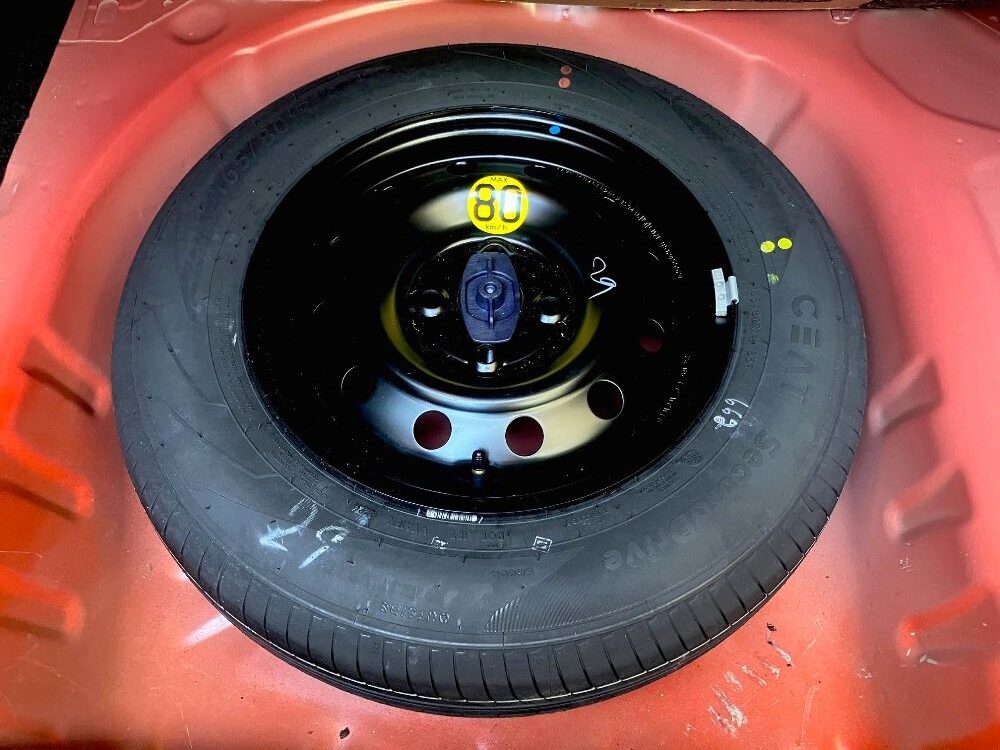
The engine of course is set up for maximum fuel efficiency, so you might find it running out of vigour earlier than you want. And in case you are a spirited driver, every time you push down hard on the pedal, you will certainly feel that the engine could do with a little more liberal supply of fuel. I certainly felt this while driving in the Western Ghats on a rainy day few months back. It was really windy and due to the forceful rain and heavy pounding, the approx. 950 kg Dzire was getting seriously buffeted. To deal with the difficult and turbulent conditions, I was driving in slightly lower gears and keeping the engine above 5000 rpm to have better control. And here I really wished the 1.2 litre engine had been set up to deliver more power, as it runs out of breath quite quickly. Some bigger and fatter tyres would have also been better to deal with the standing water, that was almost everywhere.

But I understand that this would come at the cost of fuel efficiency, which is one of the USPs of the Dzire. In fact according to Maruti, it is “India’s Most Fuel Efficient Sedan” as it has ARAI certified fuel efficiency of 25.71 kmpl for the AMT and 24.79 kmpl, for the manual transmission one. Nevertheless, I wish Maruti consider giving a sport mode that would remap the ECU to deliver more power, should the driver have the need for it.

Driving nonstop for over 6 hours on that wet and windy day, made me appreciate the Dzire’s competent ride, handling and stability even more. It felt more solid that its compact size suggests, and it also capably dealt with the many potholes and undulations, without losing its composure even on the few big ones concealed by water. The wipers and washers (things that seldom get fully tested) were also impressive and up to the task of dealing with the heavy rain.

As mentioned earlier, the fuel efficiency is one of the Dzire’s strong points and I have consistently got about 14 to 15 kms to the litre, despite revving the engine hard and switching off the start-stop system. Yes, I find the start-stop system to be aggressive and somewhat intrusive as it often cuts the engine even if you halt briefly. Therefore the first thing I do on getting into the Dzire, is switch it off. I know it does not aid fuel efficiency, but it’s a trade-off I can live with. But for those that drive gently and upshift early, the frugality of the Dzire’s engine pays off at the pump, and I know people who regularly get over 20 kmpl.
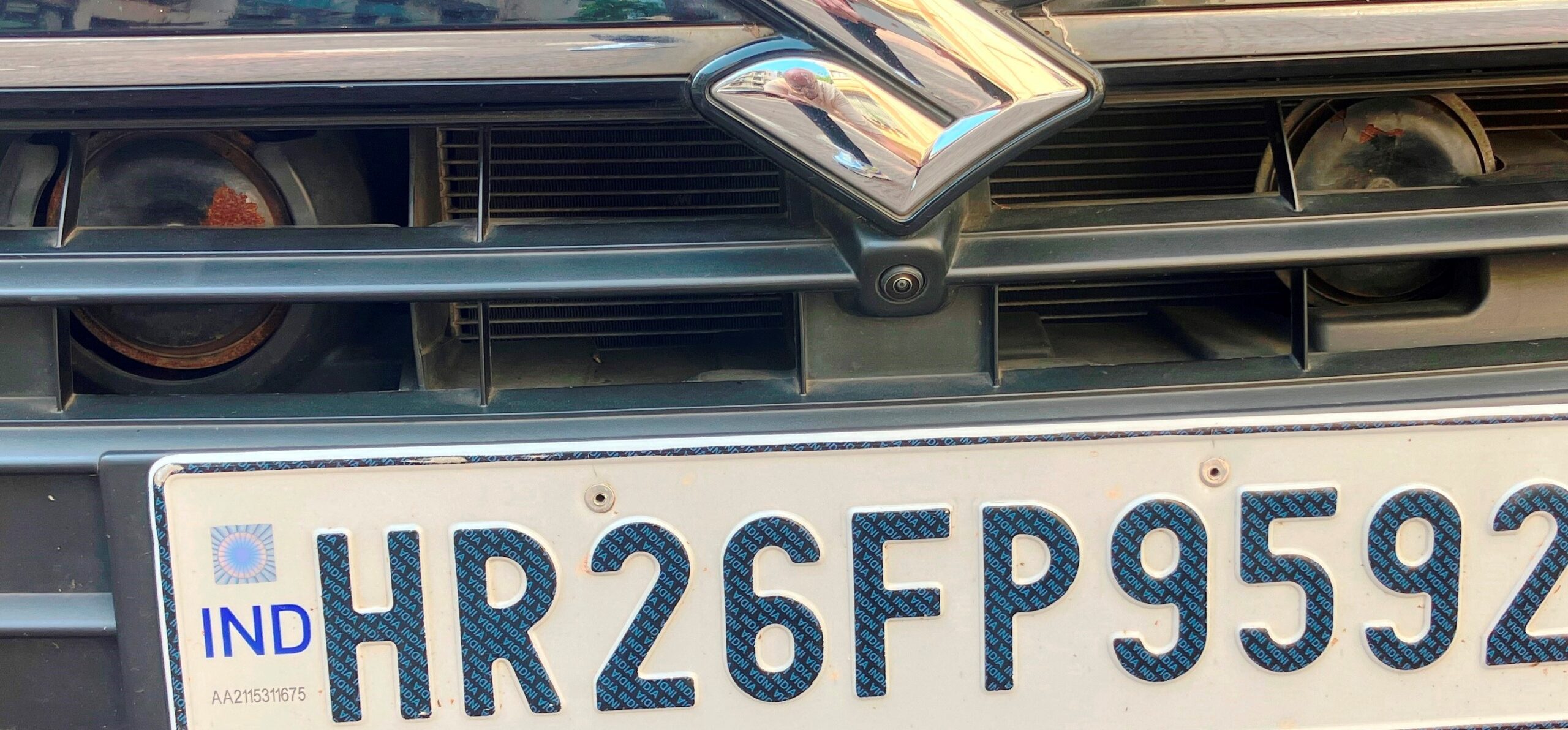
What is also reassuring is that this new 4th generation Dzire is the first Maruti Suzuki product to achieve a five star Global NCAP rating and it comes with six airbags, electronic stability control (ESC) and pedestrian protection as standard. It’s also packed with features like sunroof, wireless charger, 360-view HD camera, automatic climate control, TPMS (tyre pressure monitoring system), ESP with Hill Hold, cruise control and so on
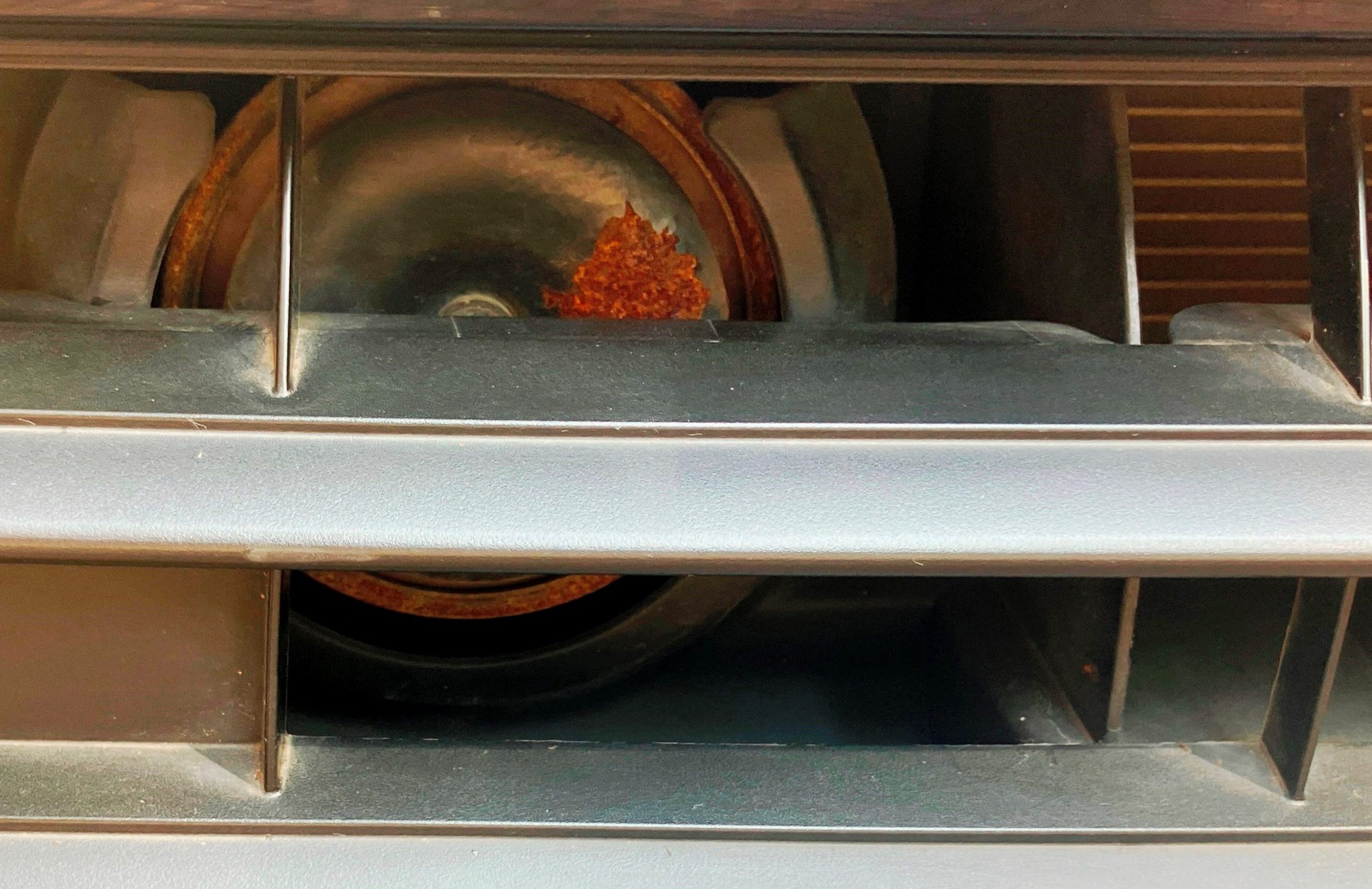
One thing I like is the location of the twin horns, which are placed right up front in the grille. This strategic positioning not only enhances the effectiveness of the horn, but also ensures that minimum of its sound travels into the passenger compartment. But because of the exposed location, the horns have also been getting drenched in rainwater and now one can see them starting to rust. Maybe Maruti can ask its suppliers to work on the rust proofing of the horns.

The overall experience of living with the Maruti Swift Dzire has been quite pleasing to say the least. It is a competent all-rounder with impressive performance and a boot that does not look like it’s been added on. And what’s more, it’s fairly large with a 382 litre capacity. In my view, the Dzire definitely punches well above its size and price and can give some mid-size sedans a run for their money.

All Photos –Bob Rupani
Bob Rupani is a born car lover and avid automobile enthusiast who has spent some of the best times of his life behind the steering wheel.
BOB RUPANI
Latest POSTS
October 19, 2025
October 11, 2025
October 1, 2025
September 26, 2025
September 20, 2025
No posts found


